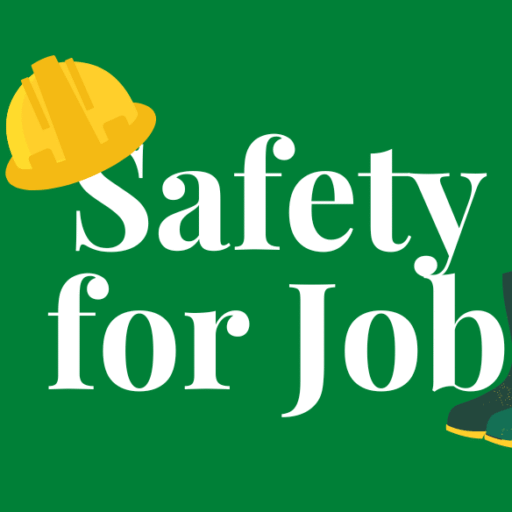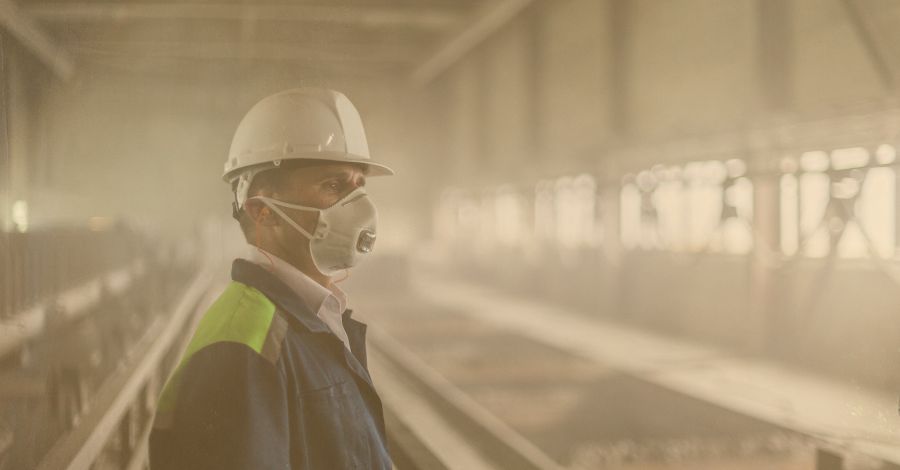Unsafe Act and Unsafe Conditions: Learn to Identify and Prevent – Safety toolbox talk
fevereiro 20, 2023 | by Safety For Job Team

Unsafe act and unsafe conditions can exist in many places, and maybe you didn’t realize it, or because it has been there for a long time, the error has become normal and is no longer noticeable.
To give you a better understanding of these concepts.
Unsafe condition
Unsafe conditions in the workplace are what constitutes worker safety.
They are breakdowns, defects, technical violations and lack of safety devices that put the physical integrity and/or health of people and the safety of facilities and equipment at risk.
Here are some examples of the most common unsafe situations:
- Lack of protection of machines and equipment.
- Insufficient machines and tools.
- Poor room service/cleanliness
- damaged floors
- dangerous step
- Insufficient or defective electrical installation
- high noise level
- Insufficient or defective protections
- construction defects
- insufficient lighting
- Risk of fire or explosion.
Insecure Act
This is how people are consciously or unconsciously exposed to the risk of accidents.
These are the behaviors that cause many workplace accidents and are where most people get hurt.
In a survey it was found that in 80% of the accidents the main cause was the unsafe act.
The following are some examples of known unsafe acts:
- Stand next to or under suspended loads.
- Using the machine without qualification or license.
- Disable security devices.
- Lubricate, adjust and clean moving machines.
- Unsafe for transport or storage.
- Wear inappropriate clothing.
- Exposing parts of the body to moving parts of machinery or equipment.
- Drug use or alcohol use during the workday.
- Fighting for time.
- The printing speed is very high.
- Do not use personal protective equipment.
- Improvisation or use of inadequate tools for the required tasks.
- Improper handling of chemicals.
- Smoking where prohibited.
Unsafe act and unsafe condition
Unsafe acts can occur for many reasons, all human, so “how” is the big question that leads to the outcome of an unsafe act.
Doing things safely, conscientiously and without haste are attitudes that help you do things without creating situations of unsafe acts that put your life and the lives of others at risk.
Education, knowledge about what is right and what is wrong also contributes to many events, and you are the most responsible for unsafe behavior, so think twice, do not rush things and do not multitask.
A classic phrase for job security reflects this situation “no job is so urgent and no job is so important that it cannot be done safely”. Reflect, think about it.
Therefore, unsafe conditions result from the weather, the wear resistance of certain materials, the organization of the site (due to being a human element and/or lack of maintenance), the technology applied to the site, etc.
Although they are caused by various external factors, unsafe situations are the responsibility of man himself, either due to his negligence or irresponsibility.
Safety begins, therefore, with the actions, attitudes and conscience of all of us.
Learn more about regulatory standards
NOTES – Unsafe Acts
The DDS are important tools in HSE management, in addition to having the function of instructing employees before starting their work activities.
IMPORTANT: First of all, we can say that the content is merely suggestive and is designed for the reality of a theoretical service front.
All the DDS are generic and must be adapted to the reality of the work fronts, by the HSE (Safety, Environment and Health) professional and/or leaders of the company, or sectors.
Therefore, the responsibility of the DDS is exclusively that of the person who will be carrying out the dialogue in the work fronts!!!
AIHA
RELATED POSTS
View all



